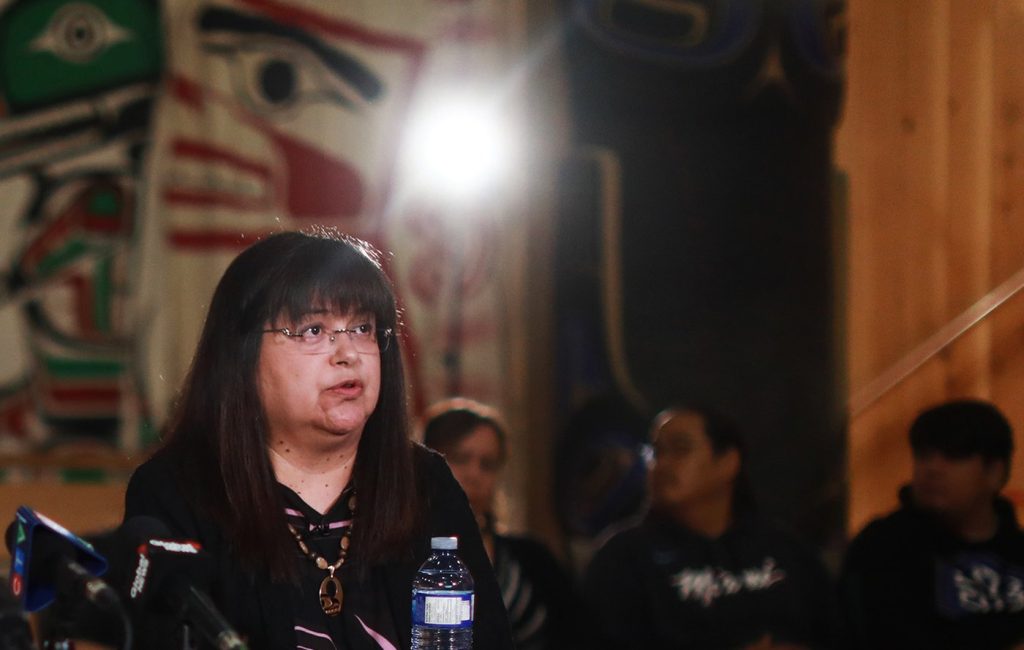Canadian pandemic responses didn’t consider women or gender diverse people: study

Posted May 9, 2023 3:53 pm.
Last Updated May 9, 2023 3:54 pm.
The needs of women and gender diverse people were not considered in federal, provincial, or territorial pandemic response plans, according to new research.
A case study done by Royal Roads University has found the terms “vulnerability,” “women,” “gender,” “sex,” and “violence” were only mentioned a handful of times in these plans.
It notes “woman/women” were used in five federal plans when discussing vulnerable populations; that “gender” was used two times in federal documents with no reference to those who were gender diverse; that “sex” was used in three documents when discussing tracking by such along with age; and that “violence” was used in two plans with no mention of “gender-based violence.”
Research team member and the Community Initiatives and Policy Director for the Canadian Women’s Foundation Karen Campbell says women weren’t considered outside being a “monolithic group.”
“For example, they didn’t account for the different experiences of women gender diverse people who were Black, Indigenous, racialized, living on low-income, living with disabilities, living with precarious immigration status,” she explained in an interview with CityNews.
Campbell adds these people are the most vulnerable to the worst effects of events like COVID-19, particularly violence.
“Throughout the pandemic, we all saw gender-based violence rates increasing rapidly in every community in Canada, and this shadow pandemic of gender-based violence, which it came to be known as, was really not a surprise to those of us who work on gender equity issues because these kinds of issues are documented globally,” she said.
Related articles:
-
Femicides rising across Canada: Report finds a woman being killed every two days
-
B.C. to get $3 million for gender based violence crisis hotlines
-
COVID-19 increases risk for Canada’s ‘invisible’ homeless women: study
A report from the International Federation of the Red Cross found that sexual assault, abuse, and exploitation increased following a disaster in places where such events took place. In other situations, it says this point was harder to prove in areas where sexual violence was already high pre-disaster.
Campbell says women and gender-diverse individuals often aren’t fully represented at the table in federal policymaking, especially in emergency management. She points to the example of how stay-at-home orders affected those experiencing domestic violence.
“In most communities, pandemic stay-at-home orders from public health orders did not include information that women’s centres and sexual assault centres remained open, and that left a lot of victims of domestic violence to believe they didn’t have anywhere to turn and effectively isolated them at home with their abusers,” she explained.
She hopes Women and Gender Equality Canada, with whom Royal Roads University worked, will share the study’s findings with the rest of the federal government.
Campbell also wants these agencies to ensure that any work they do factors in the needs of women and gender-diverse individuals.








